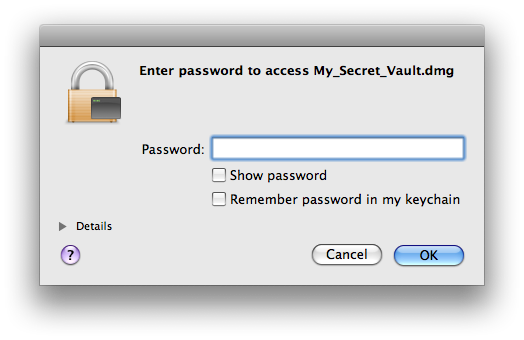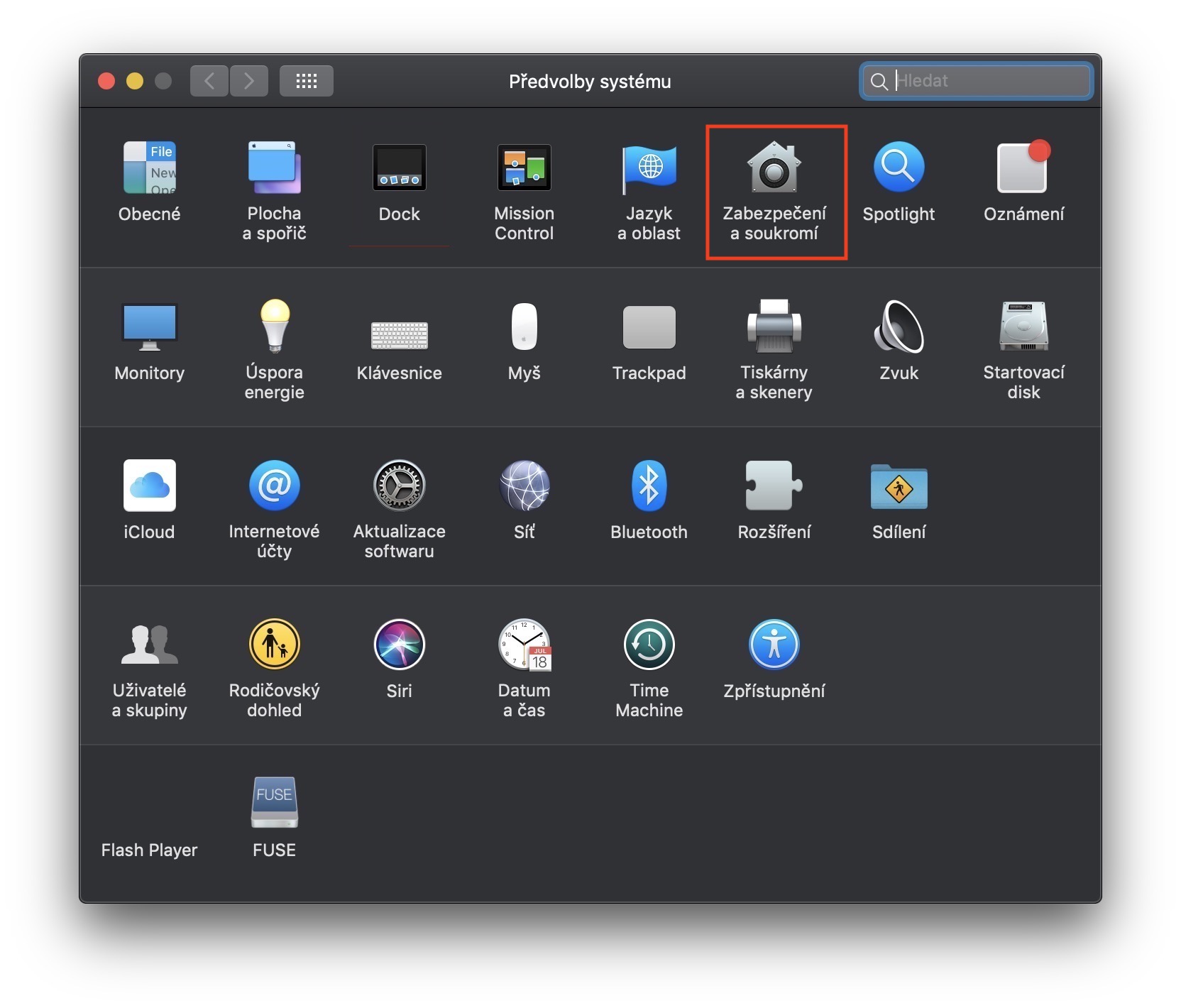


Simply put, FileVault is a Mac encryption. With FileVault on, you’ll have to log into your user account on the device every time before you use it - either with your password or Touch ID.įileVault 2 is available for Macs that run OS X Lion or a later version. It’s easy to set up on your device and helps protect your files from unwanted access. FileVault full-disk encryption, or FileVault 2, provides full-disk XTS-AES-128 encryption with a 256-bit key. What is FileVault?įileVault full-disk encryption is a tool in your macOS that helps you protect data on your startup disk. Hopefully, by the end of this piece, you’ll have a definitive answer to the question, ‘Should I use FileVault disk encryption on my device?’ So let’s get started. If you want to figure out what FileVault disk encryption is, continue with this blog post as we’ll discuss the pros and cons of using it and guide you through the process of turning your FileVault encryption on (or off, if you need to).

Our devices now store a lot of information that we value, which means putting some safeguards to protect from unauthorized access is only common sense.Ī built-in macOS tool FileVault is an excellent solution to protect your data - enabling it encrypts your startup disk, protecting your files. Gone are the days when you could set your user password to 12345 or skip screen lock altogether. This will take a while, as the entire drive is decrypted and then re-encrypted, but macOS generates an entirely new recovery key, which you can then more carefully note again.Get 240+ apps with one Setapp subscription. If you can’t find it, disable FileVault in macOS and re-enable it. I use 1Password’s secure notes for this purpose, but any method of storage that’s reliable, secure, and accessible will work.Ī good strategy would be to set a quarterly reminder to look for your recovery key (and other important passwords and keys you have to store in the same place). If you choose the other path, where FileVault generates a recovery key and displays it, you need to make sure and write it down or enter it electronically and store it securely in such a way that you’ll have access even when your Mac can’t be booted. (The process is a little involved: Apple describes it in the section “Reset using the Reset Password assistant (FileVault must be on)” in this support document.) You never see the recovery key nor have to enter it in this configuration. It’s fully encrypted in such a way that even Apple doesn’t have access to the unencrypted recovery key data, but Apple can deliver the encrypted recovery key to your Mac if you need to reset your password.

If you choose iCloud, the recovery key isn’t stored loosely in iCloud Drive or as a file, but it’s tied into behind-the-scenes account information that Apple maintains. You can opt to store your recovery key as part of your iCloud account for password resets.


 0 kommentar(er)
0 kommentar(er)
